Description
This special portrait of an unknown lady, painted by Arnold Boonen, was probably created around 1715. The portrait can be compared well with a portrait of Maria Six-Calkoen (1674-1728), wife of Jan Six II (1668-1750), which is dated 1714. The bare neck of this lady clearly indicates that Boonen confidently painted the face of the figure, but also continued to paint the body and clothing itself. Boonen usually chooses a pearl necklace as a natural border for a student to paint out the body and clothing .
The presence of two beautiful hands painted in different ways also indicates that this was an important portrait. If you compare this with the portraits of Six and Calkoen, who were one of the richest and most important residents of Amsterdam you can see that they were painted with only one hand. In addition, the size of this painting is the size for Boonen’s more important assignments.
Arnold Boonen was born in Dordrecht in 1669, the son of the merchant Arnoldus Boonen and his wife Elisabeth Gyzen. He began his training at the age of thirteen with Arnold Verbuys (1673-1717) in Dordrecht, before being apprenticed in 1683 to the portrait and genre painter Godfried Schalcken (1634-1706), with whom he stayed six years. After working as an independent painter in Dordrecht, around 1695 Boonen travelled to Frankfurt-am-Main, Mainz and Darmstadt, where he found success as a portrait painter. He settled in Amsterdam in 1696 and lived there until his death in 1729.
An excellent colourist, a faithful designer of his model, and highly skilled, he was soon distinguished as one of the ablest artists of his day. Boonen succeeded Nicolaes Maes as the most fashionable portrait painter in Amsterdam, depicting wealthy Amsterdam citizens, grandees from other cities and visitors such as the Duke of Marlborough (in 1710) and Tsar Peter the Great (in 1717). He produced a series of group portraits of Amsterdam Boards of Regents, for example Six Regents of the Oude Zijds Institute, 1705 (Rijksmuseum, Amsterdam). Boonen’s genre pieces mostly date from before 1700. They follow the tradition of Leiden fijnschilders such as Gerrit Dou (1613-1675) and Boonen’s master Schalcken (who was himself taught by Dou in the early 1660s), frequently making use of candlelight effects. Boonen’s students included Philip van Dijk (1680-1753), Jan Maurits Quinkhard (1688-1772) and the leading genre painter of the eighteenth century, Cornelis Troost (1697-1750).
Boonen succeeded Nicolaes Maes as the most fashionable portrait painter in Amsterdam, depicting wealthy Amsterdam citizens, grandees from other cities and visitors such as the Duke of Marlborough (in 1710) and Tsar Peter the Great (in 1717). He produced a series of group portraits of Amsterdam Boards of Regents, for example Six Regents of the Oude Zijds Institute, 1705 (Rijksmuseum, Amsterdam).
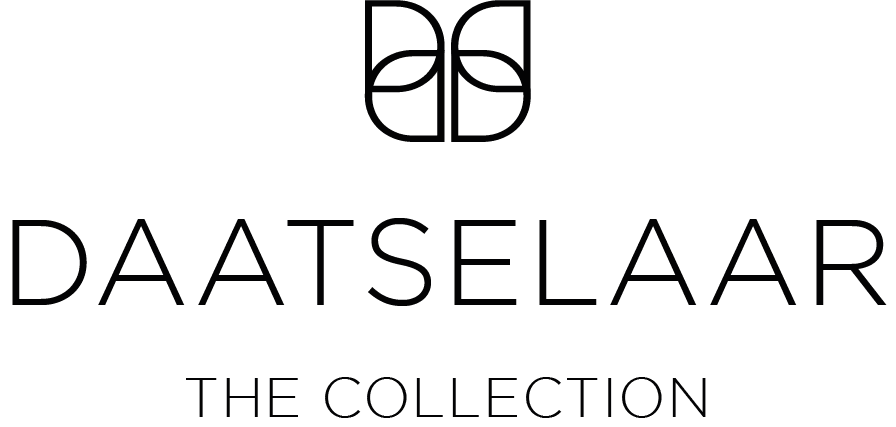
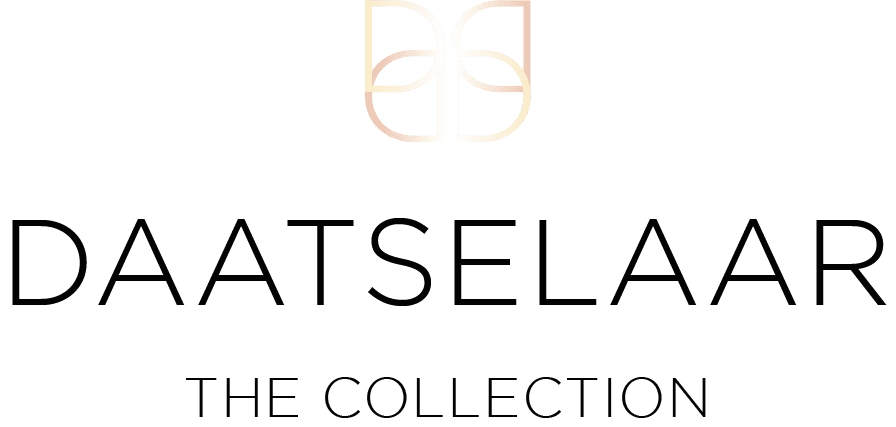




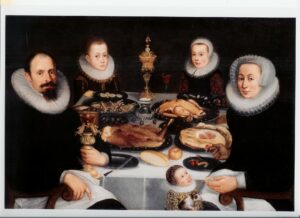
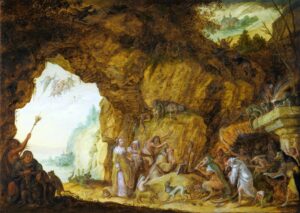
Reviews
There are no reviews yet.